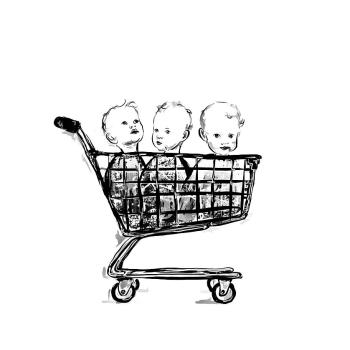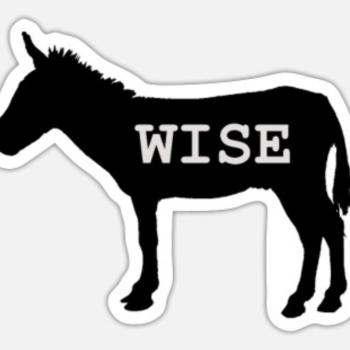Although these faculties are in our soul, we use them in our mind, which is where our consciousness resides. The kind of person we are is determined by the use we make of our innate faculties of freedom and rationality. That will become clearer later when we discuss in more detail the rational level of our mind. But the essential idea to remember is that the ability to be free and rational resides in our soul, and not in our mind.
But if our soul is different from our mind, then what is the mind?
Our Mind
A general answer might be that the mind is an organ of consciousness. This is only partly true, because there are also levels of our mind that are above our conscious awareness while we are living on earth. However, we tend to identify most often with the part of our mind that makes us aware of our surroundings in this world—the part that you are using at this very moment.
As Swedenborg states in Divine Love and Wisdom, at birth every human being has a soul and a body, but only the rudiments of a mind. We all know from the experience of seeing a newborn baby that he or she has very little consciousness. One of the great delights of parenthood is to watch the growth of understanding in children as they gradually become aware of the world around them.
Like our soul, our mind is made of spiritual substance. This is what distinguishes the mind from the brain. Since our brain is made entirely of physical matter, like all the organs of our body, it can be seen by our physical eyes. Not so our mind. It can never be detected by our physical senses (even when aided by a powerful microscope), because it is on a higher plane of existence. This higher plane, the mental level, is not subject to the laws of time and space. For example, in our imagination, we can we can fly, travel from one place to another in a split second, and watch our thoughts manifest themselves in front of us.
Yet our mind, though made of spiritual substance, is in one respect inferior to the soul: it does not receive love or wisdom directly from the Lord. Instead, these things enter us through the medium of the world of spirits, by thoughts and feelings flowing in from its inhabitants (Soul-Body Interaction §8). Just as our soul, mind, and body exist on separate levels, so does all of creation: At the highest level is heaven, where people who have lived good lives go after death; all of the angels there were once human beings living on earth, just as all of the devils in hell also were human beings. Below heaven is the world of spirits, where people of all types gather first of all after death; it is there that we discover what truly lies inside us, and whether the things that we love will pull us toward heaven or hell. All of the spirits there were once human, also, and the inhabitants of the world of spirits are closest to our physical world.
The world of spirits is the level or plane of existence that separates heaven from our physical world and acts as the medium between the two, just as our mind mediates between our soul and our body. Like our mind, the world of spirits has no physical substance and cannot be detected with any instrument; it can only be perceived by its effect on us. Swedenborg repeatedly reminds us that while our soul is above the heavens and the whole spiritual world, our mind is in the spiritual world—even now at this very moment—and is therefore subject to the influences of both good and evil spiritual forces.
We need to realize also that the mind that we use while living in this natural world "is made up of both spiritual substances and earthly substances. These latter substances fade away when we die, but the spiritual substances do not. So when we become spirits or angels after death, the same mind is still there in the form it had in the world" (Divine Love and Wisdom §257).
The same mind continues unchanged—but its function is different. In this world our "earthly mind" makes us aware of the world of nature. At the death of our body, however, when its natural substances recede, we can no longer be conscious of, or in, the natural world; we make the shift to become permanently conscious of and in the spiritual world. Death, then, is only a transfer of consciousness from the natural to the spiritual world, like switching the radio from one station to another. Shutting one door opens the other.
When seen in this way, our mind is also our human spirit (Divine Love and Wisdom §387). The same substance that we call our mind becomes the spirit when our consciousness, and thus our residence, is automatically transferred to the spiritual world after our physical body dies.
Swedenborg describes the mind as being organized on three distinct levels or grades of mental activity: the natural or earthly, the spiritual, and the celestial or heavenly (Divine Love and Wisdom §237). In the original Latin, he used the term gradus, meaning a step or grade, to describe these levels. In the past, this term has usually been translated as "a degree." However, with some readers of Swedenborg that has been confusing, and the concept has acquired an aura of mystery, particularly when the term discrete degrees is used. The term degree refers simply to different levels of mental activity; when the word discrete is attached, it means that these levels exist separately and cannot be thought of as mixing together. It is important to attach clear ideas to those terms; otherwise they will become almost meaningless words that are easily repeated mindlessly. Accordingly, we will use the word level instead of degree.




